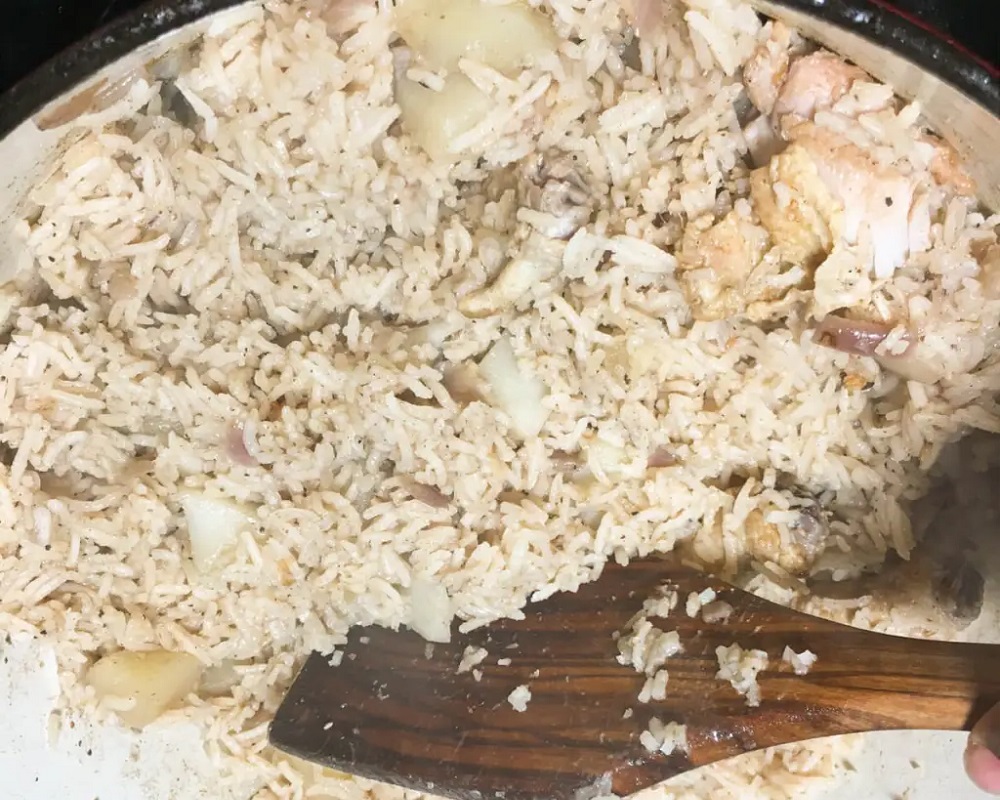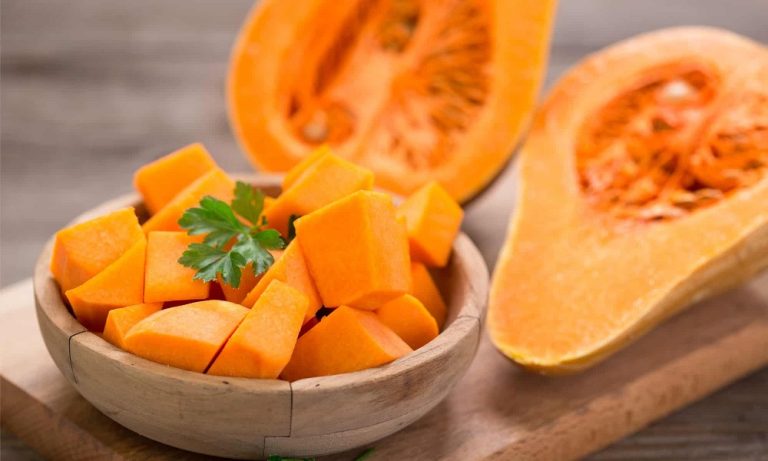Can Dogs Eat Pilau Rice?
The answer is yes! Dogs can safely eat pilau rice as long as it is cooked without any spices or seasonings. Pilau rice is a great source of complex carbohydrates and essential vitamins and minerals.
Making it a healthy option to share with your four-legged friend. Just be sure to avoid giving them too much, as overeating can lead to weight gain.
Pilau rice is a popular dish from India and Pakistan, made with spices, rice, and meat or vegetables. It’s not unusual to see pilau rice on the menu at Indian restaurants.
Can Dogs Eat Rice?
The answer is yes – in moderation. Dogs can eat rice as part of a well-balanced diet. There are a few things to keep in mind when feeding your dog rice.
First, white rice is generally better for dogs than brown rice. White rice is more easily digested and has a lower risk of causing gastrointestinal issues. Brown rice may be more nutritious for humans, but it’s not as easily digestible for dogs and can cause stomach upset.
Second, make sure to cook the rice before feeding it to your dog. Raw rice can contain bacteria that can make your dog sick. Cooked rice is safe for dogs to eat.
Third, don’t add any salt or other seasonings to the rice before feeding it to your dog. Seasoned foods are not good for dogs and can cause digestive problems. Stick to plain, cooked rice when feeding it to your furry friend.
Can Dogs Eat Basmati Rice?
The answer is yes, dogs can safely eat basmati rice. This type of rice is a good source of complex carbohydrates and essential vitamins and minerals, making it a nutritious option for your furry friend.
Just be sure to cook the rice properly before feeding it to your dog, as uncooked rice can cause gastrointestinal issues.
Can Dogs Eat Rice Every Day?
Many people choose to feed their dogs rice as part of their diet. Some even elect to feed their dogs a diet consisting only of rice and water.
While there are some benefits to feeding your dog rice, there are also some potential risks that you should be aware of before making this decision.
Benefits of Feeding Your Dog Rice
Easy to Digest: Rice is a highly digestible grain, making it an excellent carbohydrate source for dogs. It is gentle on their stomachs and less likely to cause digestive issues, especially for dogs with sensitive stomachs or experiencing gastrointestinal upset.
Low in Fat: Rice is a low-fat grain, making it suitable for dogs that need to maintain a healthy weight or are prone to pancreatitis. A high-fat diet can contribute to obesity, cardiovascular problems, and pancreatitis in dogs.
Hypoallergenic: Rice is generally considered hypoallergenic, meaning it is less likely to cause allergic reactions. This makes it a good choice for dogs with food allergies or sensitivities to other grains, such as wheat or corn.
Provides Energy: Rice is a good source of energy for dogs. It provides slow-releasing carbohydrates that give your dog sustained energy throughout the day. This is especially beneficial for active dogs or working dogs that require a lot of energy.
B-Vitamins and Minerals: Rice contains B-vitamins, including thiamin, niacin, and riboflavin, which are essential for maintaining a healthy metabolism, nervous system, and skin. It also provides minerals like iron, magnesium, and zinc, which contribute to overall health and well-being.
Bulking Agent: Rice can be used as a bulking agent in dog food to add volume and texture. This can be helpful for dogs that need to gain weight or for adding fiber to the diet, promoting healthy digestion.
Versatile Ingredient: Rice is a versatile ingredient that can be cooked in various ways to appeal to your dog’s taste. You can boil, steam, or bake rice to create different textures and flavors. It can be served plain, mixed with other ingredients like meat, vegetables, or broth, or used as a topping for dog food.
Economical: Rice is a relatively economical grain, making it an affordable option for dog owners. It is also widely available in grocery stores and pet food stores, ensuring easy accessibility.
Potential Risks of Feeding Your Dog Rice
There are also some potential risks associated with this food choice.
One risk is the possibility of your dog developing bloat if they eat too much rice at one time. Bloat is a serious condition in which the stomach becomes distended with gas and can twist, causing severe pain and potentially leading to death. If your dog does develop bloat after eating rice, it is important to seek veterinary care immediately as this is a life-threatening condition.
Another risk associated with feeding your dog rice is the development of pancreatitis. Pancreatitis is inflammation of the pancreas and can cause vomiting, diarrhea, dehydration, weight loss, and abdominal pain.
If not treated promptly, pancreatitis can be fatal. If you notice any of these symptoms in your dog after they have eaten rice, it is important to seek veterinary care immediately.
How Much Rice Can a Dog Eat?
The answer is: that it depends. Different dogs will have different digestive tolerances, so there’s no one-size-fits-all answer to this question.
Some dogs may be able to eat a lot of rice without any problems, while others may get an upset stomach if they eat even a small amount. If you’re unsure about how much rice your dog can handle, it’s best to start with a small amount and see how they do.
If they seem to tolerate it well, you can slowly increase the amount they eat. But if they start showing signs of digestive distress (vomiting, diarrhea, etc.), then it’s best to back off and give them less rice.
Can Dogs Eat Brown Rice?
While brown rice is a healthy whole grain for humans, it may not be the best choice for dogs. Brown rice contains more fiber than white rice, and while this is good for human digestion, it can be hard on a dog’s digestive system.
Brown rice has a higher nutrient density than white rice, meaning that a small amount of brown rice can provide your dog with more nutrients than an equal amount of white rice.
These extra nutrients may not be necessary for your dog’s diet and could even cause gastrointestinal upset. If you do decide to feed your dog brown rice, start with a small amount to see how they tolerate it, and always cooked before feeding.
Is It OK to Give Dogs Basmati Rice?
Basmati rice is a long-grain, aromatic rice. It is light and fluffy and has a nutty flavor. Basmati rice is a good choice for dogs because it is easy to digest and does not cause gas or bloating. Additionally, basmati rice contains no artificial flavors or preservatives.
Can Dogs Eat Yellow Rice?
Yes, dogs can eat yellow rice. Rice is a common ingredient in many commercial dog foods. It’s important to remember that dogs have different nutritional needs than humans and so you should always consult with your veterinarian before making any changes to your dog’s diet.
Conclusion
Dogs can safely eat pilau rice as long as it is cooked properly and does not contain any harmful ingredients. When cooking pilau rice for your dog, be sure to remove all of the spices and seasonings that may be harmful to them. Avoid giving your dog pilau rice that has been sitting out for too long as it can spoil quickly.




